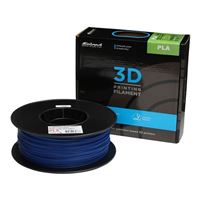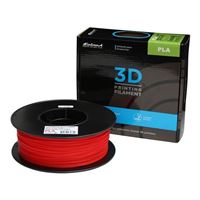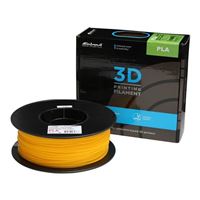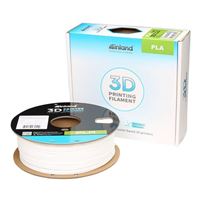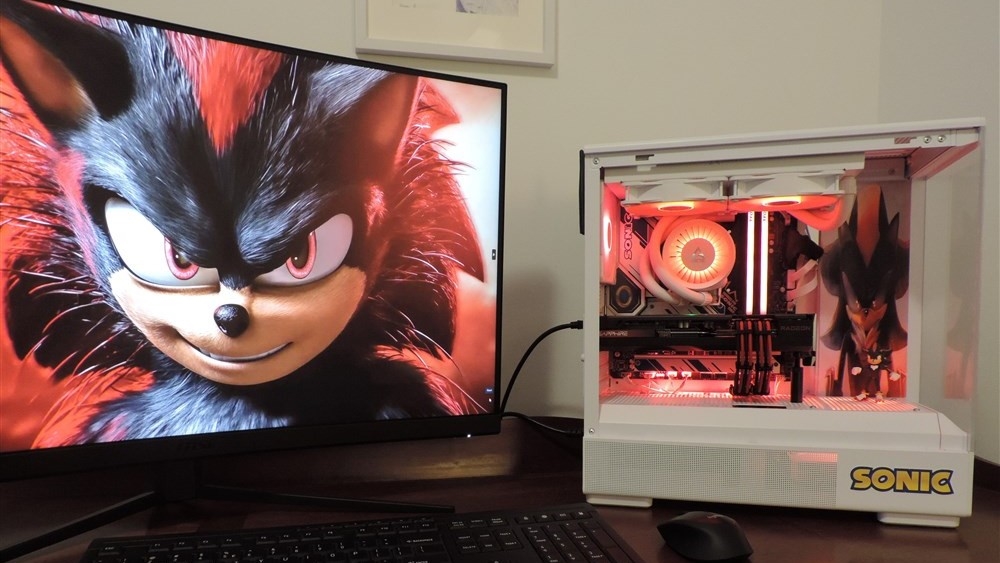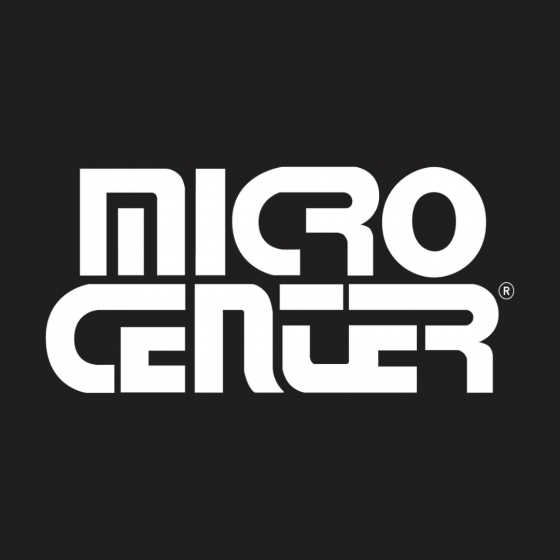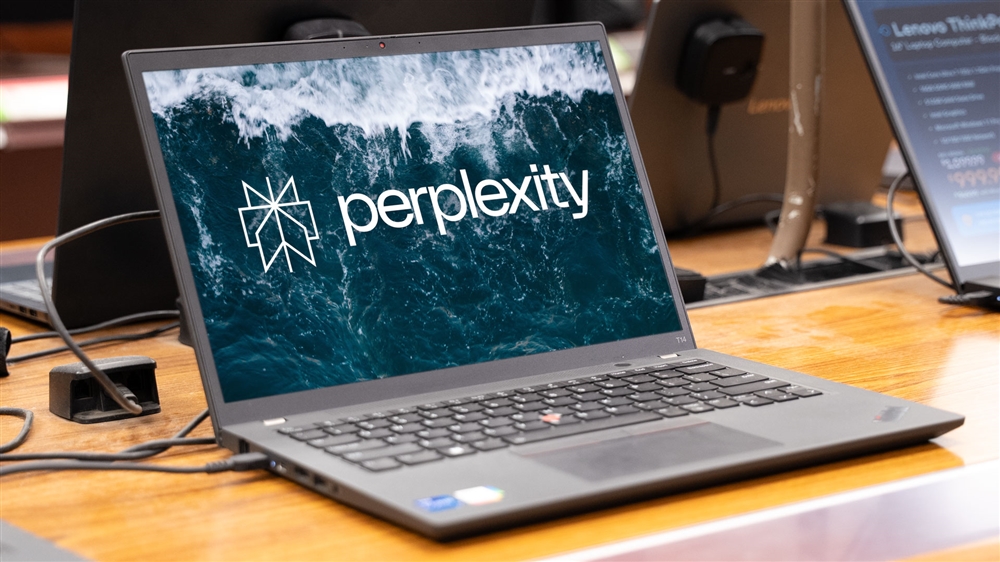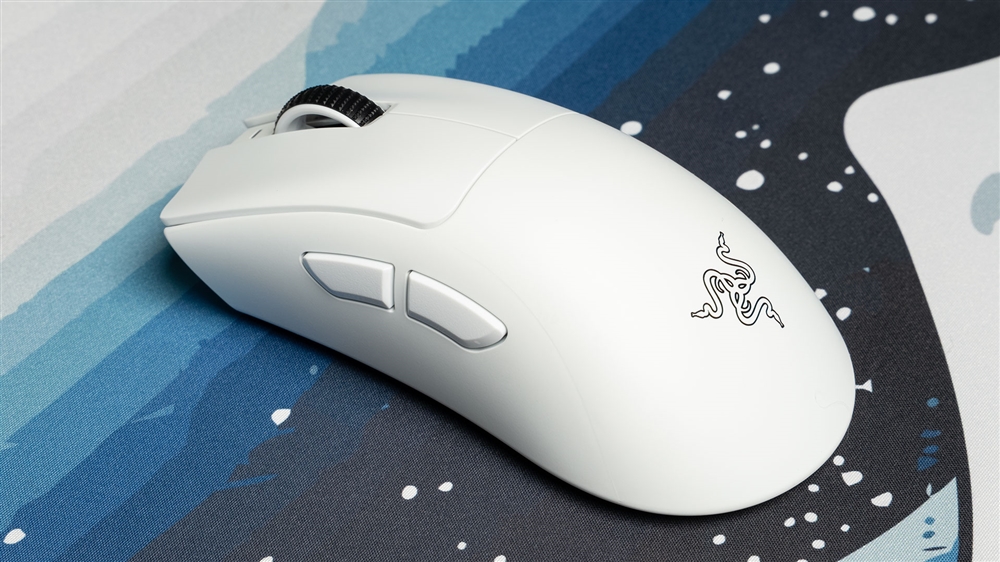Painting in Bambu Studio: Printing with Multicolor Filament
Improve your multicolor filament prints with advanced painting techniquesMaker Projects
Are you ready to take your 3D prints to the next level with vibrant, multi-color designs? In this guide, we'll explore the Bambu Studio slicer's color painting features, perfect for hobbyists eager to start 3D printing. Using a Paris 2024 Paralympics keychain model from Printables as our example, we'll show you how to create stunning multi-color prints using the Bambu X1C and a single AMS (Automatic Material System).
Preparing The Model for Painting
Preparing the model is essential before diving into the painting tools. Start by choosing a base color that complements the final color scheme. For our project, we've selected white as the base color for the first AMS slot. This color will be the most widely used throughout the model, providing a consistent foundation for our design. We’ll be using Inland White PLA filament for this color.
Overview of Painting Tools in Bambu Studio
Bambu Studio offers six powerful painting tools to help achieve the perfect look for 3D prints:
· Circle Brush- colors surfaces visible from the camera's viewpoint, making it ideal for surface-level coloring. Adjust the brush size using the 'Pen size' slider to achieve the desired coverage. Use this tool to freehand paint on the surfaces of the model.
· Sphere Brush- colors all faces within the defined spherical area, including those in the shadows. This tool is perfect for quickly coloring protrusions or extremities of the model. It's great for coloring rounded parts or complex shapes where they need full coverage.
· Triangle Brush- allows for precise coloring by targeting individual triangle facets of the model. This tool is excellent for adding intricate details or patterns. Drag the brush to color triangles sequentially, giving control over the finer aspects of the design.
· Height Range- colors all layers within a specified height range, which can be adjusted with the height range slider. This tool is ideal for creating stripes or horizontal patterns across the model. It's perfect for projects where consistent coloring is needed across specific layers.
· Fill- efficiently colors large, connected areas of the model. With edge detection enabled, the tool's reach can be restricted based on the threshold angle, ensuring precise coloring. Use this tool to color entire sections of the model quickly and accurately.
· Gap Fill- tool addresses color gaps that can occur in more complex models. This tool minimizes unwanted color changes during printing by detecting and filling these gaps with the surrounding color. It's essential for ensuring smooth and consistent color transitions.
Choosing the Right Tool for The Project
Selecting the appropriate tool for the project is crucial for achieving the desired results. Consider factors such as model complexity, the level of desired detail, and overall design goals. For our Paris 2024 Olympics keychain model, we'll use the Height Range tool for one print and the Fill tool for another, demonstrating the versatility of these tools.
Step-by-Step Painting Tutorial
1. Prepare The Model: Import the Paris 2024 Olympics keychain model into Bambu Studio.
2. Select Base Color: Choose white as the base color for the first AMS slot.
3. Use the Height Range Tool:
· Select the Height Range tool.
· Adjust the range slider to cover the desired layers.
· Apply the color to achieve a horizontal pattern.
4. Use the Fill Tool:
· Select the Fill tool.
· Enable edge detection and adjust the threshold angle.
· Apply the color to large, connected areas of the model.
5. Review and Refine: Check for color gaps and use the Gap Fill tool if needed.
With the color painting tools in Bambu Studio, you can transform your 3D prints into vibrant, multi-colored masterpieces. Experiment with different tools and techniques to find what works best for your projects. We can't wait to see what you create!
Comment on This Post
See More Blog Categories
Recent Posts
This Week in AI: OpenAI Promises GPT-5 Changes
For Aug. 15, 2025: Perplexity bids for Google Chrome, Google adds "Create" tab to Photos, more impacts from AI energy needs, Elon Musk goes after Apple over OpenAI, companies still searching for AI profits.
Continue Reading About This Week in AI: OpenAI Promises GPT-5 Changes



